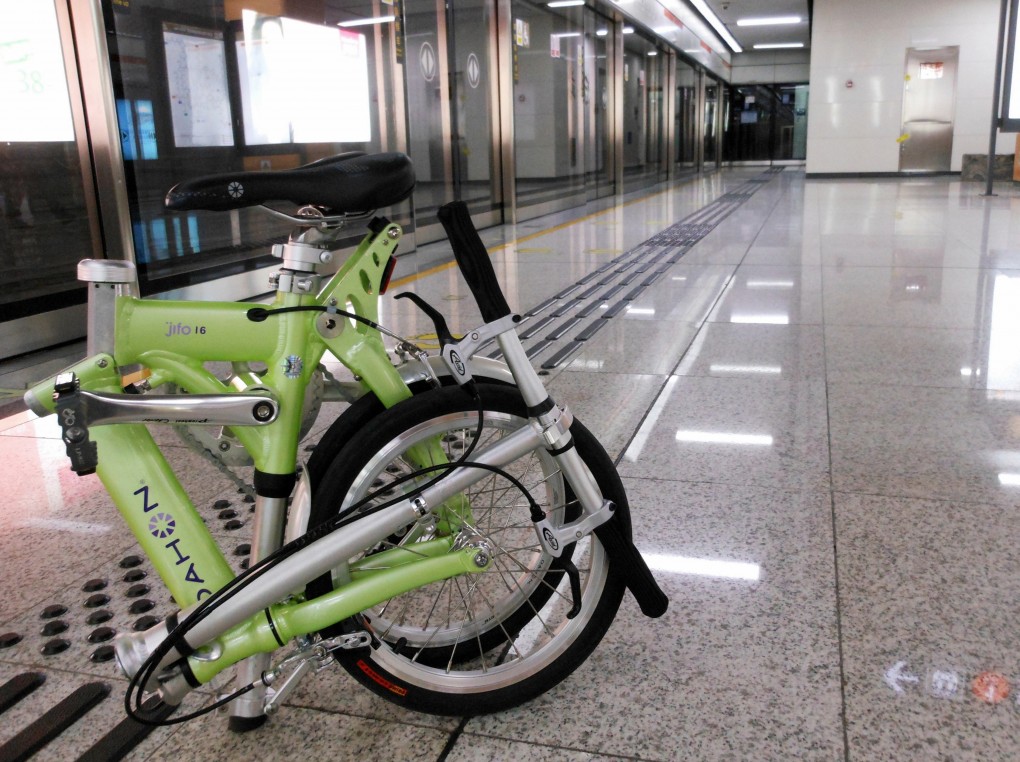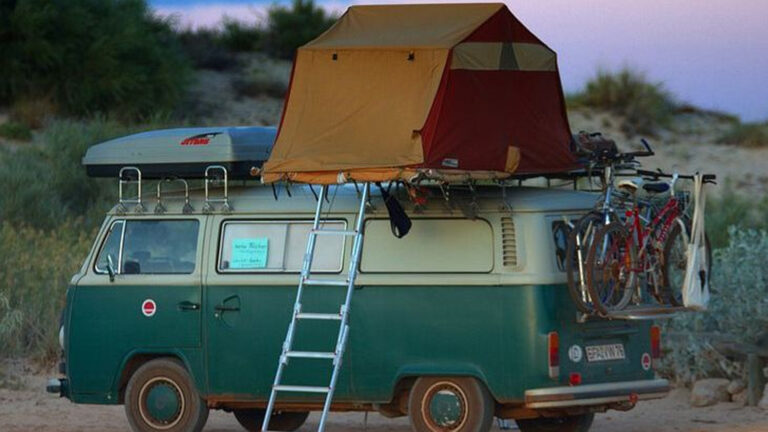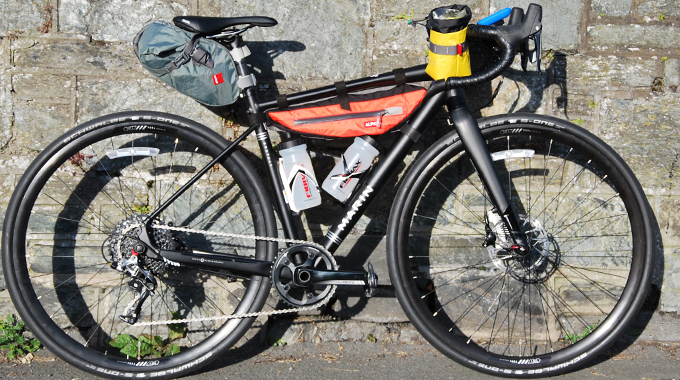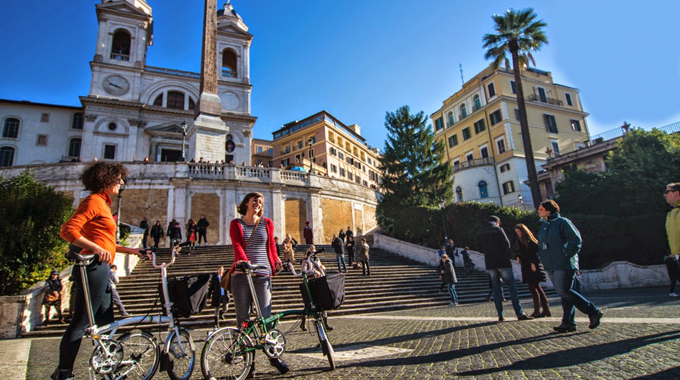
Whether you’re looking for a way to take your bike on public transport for your commute, or planning to take your ride overseas, transporting it from A to B can be quite a nuisance.
Here’s some useful tips that will make this process a lot easier…
Train
- The general rule with most trains in the UK is that folding bikes are allowed on any train at any time for free of charge.
- You must store the bike in the designated area. It cannot obstruct any doorways or aisles and if possible must be put into the luggage areas provided.
- Tandems, tricycles and bicycle trailers are not permitted.
- Check on and off peak service restrictions. The majority of companies operate strict policies which only allow bicycles (excluding folding bikes) to be carried during off peak times, especially on any London services.
- Contact them directly to reserve a free space. Trains carry on average between 2-6 bikes per train on a first come first serve basis so reserving a space is always a good move.
- Plan ahead. Most train companies do not allow bikes on replacement buses, so make sure to check for any railway improvements that may be taking place. Only folding bicycles can be taken on replacement services.
- Check your local station for bicycle storage. It’s likely that your train station provide or are linked with local cycle storage facilities.
- Remove all valuables including lights, bags and helmets as the train company are not responsible for these if they are stolen.
- Check the train provider. If you’re journey include more than one train operator check each policy to make sure you’re your bike’s journey is good to go.
- Folding bikes can be taken on any tube and overground at any time in London for free of charge.
Airplane
This might be useful here: The Cost of Transporting your Bike by Plane
- Purchase a hard bike case. Although hard cases can be quite pricey and heavy, they will keep your beloved bike protected. EVOC is a good brand to start with.
- Or use a CTC plastic bag. Another good way to protect your bike on an aeroplane is to use a CTC clear bike bag. You will be surprised at how much more care will be taken with your bike once people know what it is. They are super cheap and take around 15 minutes to pack and unpack your bike into the bag.
- Protect your bike. If there’s extra space in the bag or case it’s a good idea to add further protection by wrapping bubble wrap around the bike.
- Check the operator’s policy on their price and weight limits for carrying your bike. Make sure that it is not over the maximum luggage limit to avoid access charges.
- Pack it down to a bare minimum. Most bike bags and cases will accommodate the general bike size, but if you need to make your bike even smaller, you can generally reduce the bike to 1 metre by removing the saddle or putting the saddle down. You must also remove the pedals or turn them inwards, partially deflate the tyres and turn the handlebars in.
- Insure. Make sure your ride is insured as most airlines will not cover you.
Bus
- Folding bikes are allowed on any bus under the driver’s discretion. This discretion depends on whether there are multiple prams or wheelchairs already on board.
- Unfortunately full size bikes are not allowed.
Liked this? We think you will also like these:





